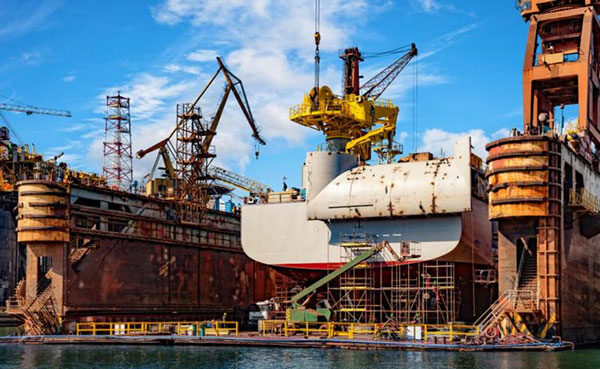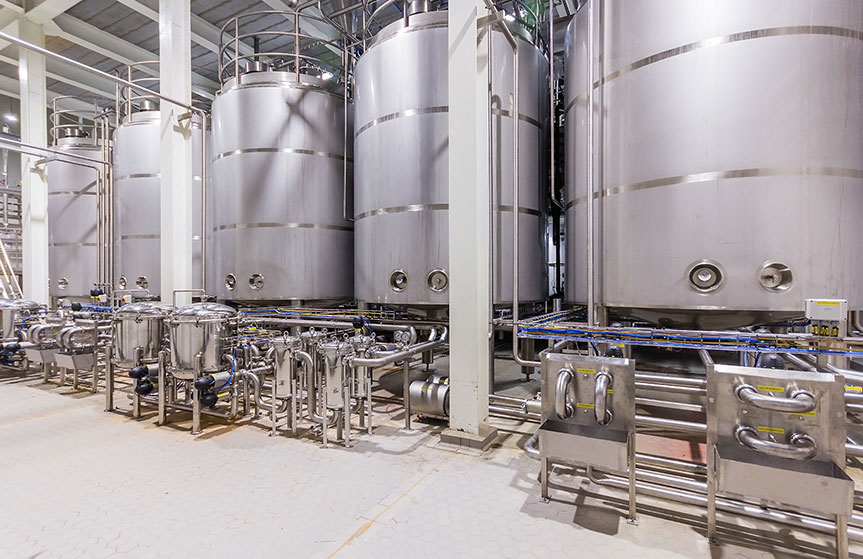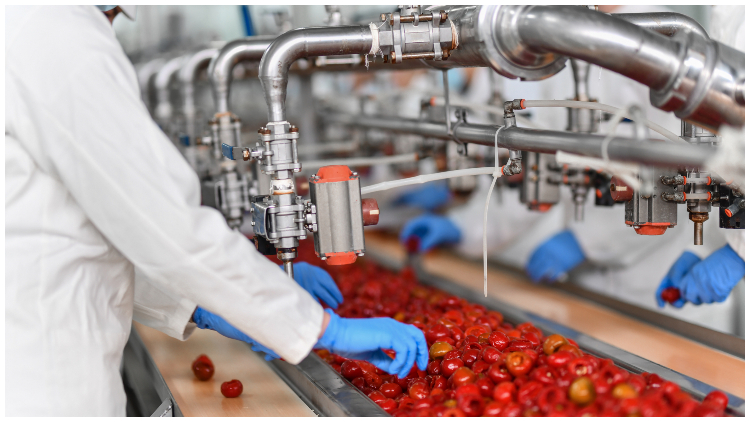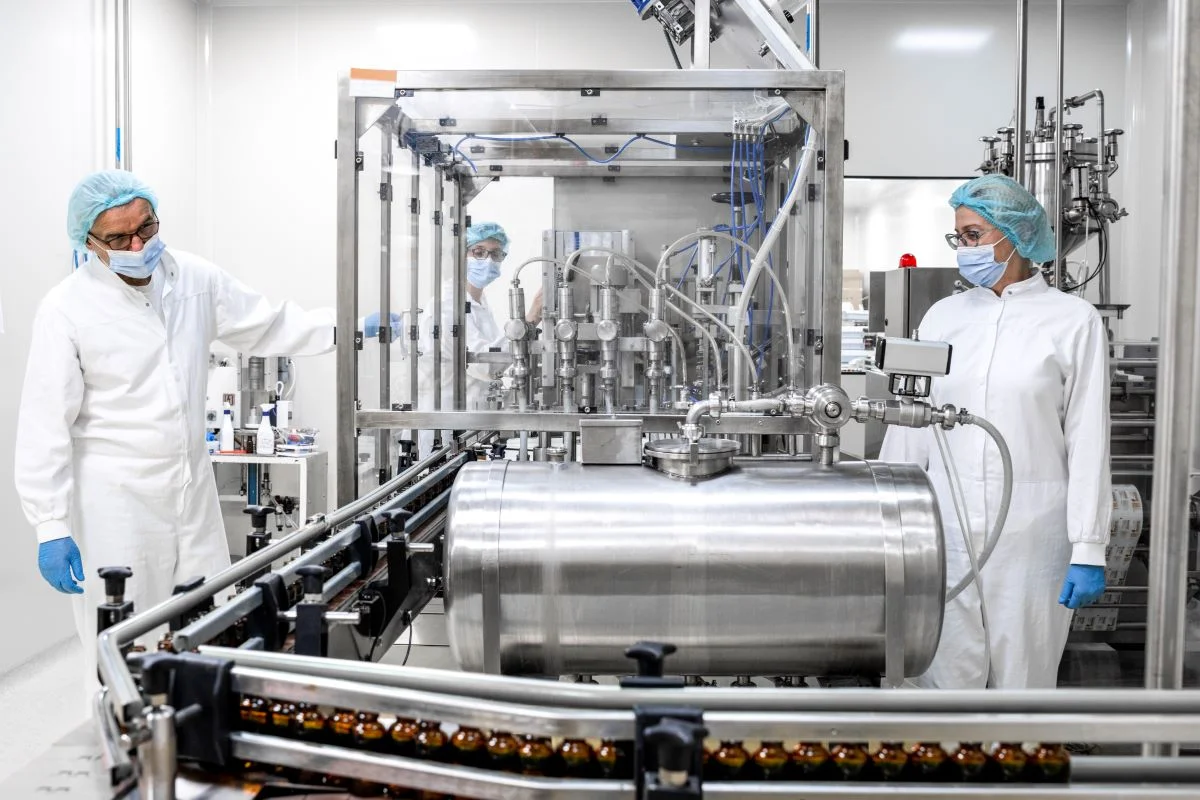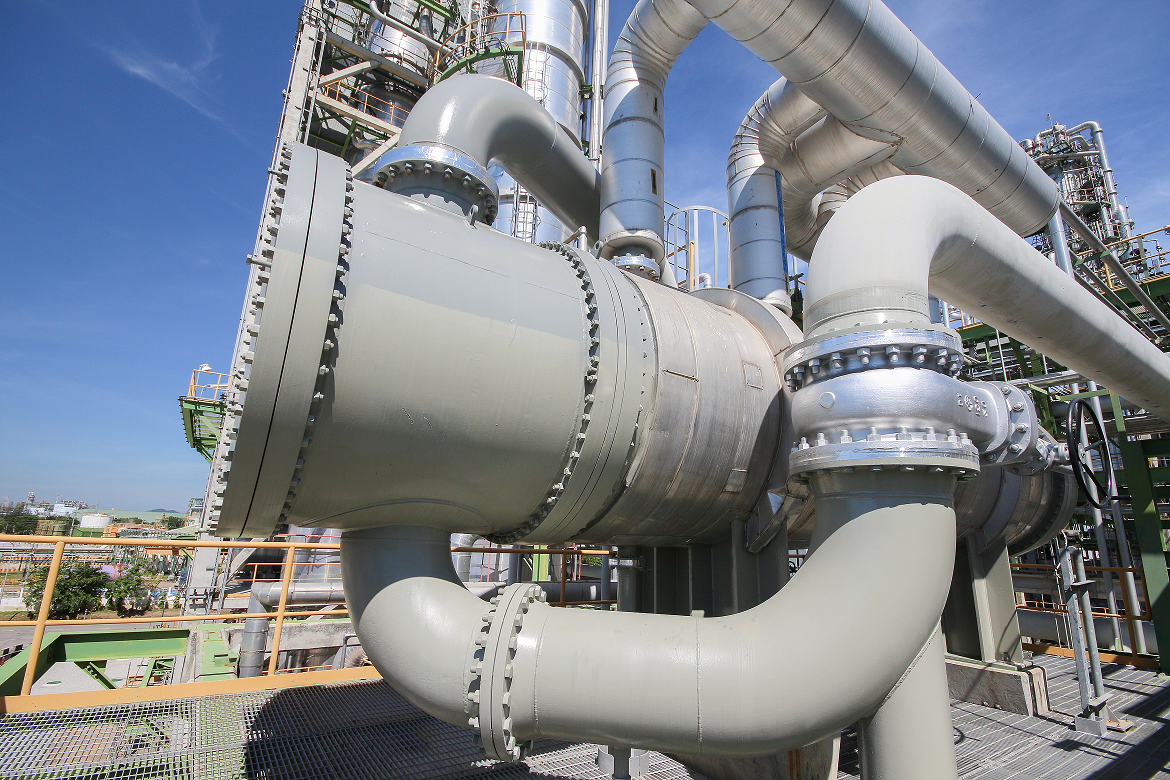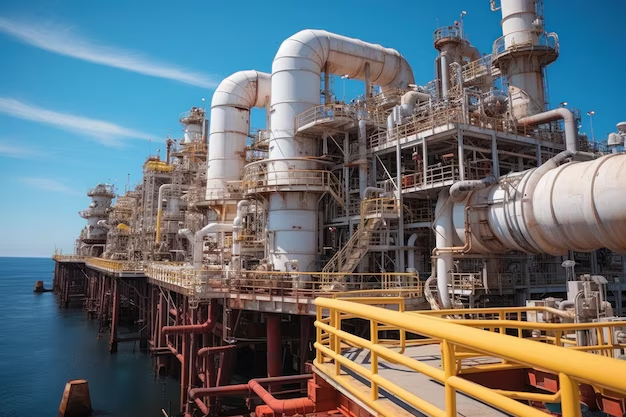ASTM A554 is a critical standard issued by the American Society for Testing and Materials, specifying the criteria for welded stainless steel mechanical tubing used in both structural and aesthetic applications. It encompasses tubes made from austenitic and ferritic stainless steel grades, outlining requirements for dimensions, shapes, surface finishes, and the integrity of the weld seam. The standard ensures that the weld seam is as robust as the base metal and maintains uniform metallography, thereby safeguarding the tube's performance and durability. This standard is pivotal for manufacturers, architects, and engineers, ensuring that products conform to stringent quality, reliability, and aesthetic standards.
ASTM A249 and A269 are ASTM standards for austenitic stainless steel tubes. ASTM A249 specifies requirements for welded austenitic tubes used in high-temperature applications, such as boilers, heat exchangers, superheater and condenser, with a focus on weld integrity and resistance to corrosion and heat. ASTM A269 covers welded and seamless tubes for general service, with specifications for nominal wall thickness, mechanical properties, and suitability for bending and other formability operations. These standards ensure that the tubes can perform reliably under chemical, mechanical, and thermal stress, making them integral to industries like chemical processing, energy, and oil and gas. Both standards are crucial for maintaining material excellence in critical service conditions.
ASTM A270 is an ASTM standard for austenitic and ferritic/austenitic stainless steel sanitary tube, designed for use in the food, dairy, beverage, and other industries requiring high hygiene standards. This standard specifies requirements for seamless and welded tubing, focusing on surface finish quality, mechanical properties, and resistance to corrosion and contamination. It ensures tubing suitability for rigorous cleaning environments by detailing criteria for material composition, dimensional tolerances, and manufacturing processes. ASTM A270 plays a crucial role in maintaining sanitary conditions, making it essential for applications demanding uncompromised cleanliness and material integrity.
EN 10296-2 is a European Standard specifying the technical delivery conditions for welded circular tubes constructed from austenitic and austenitic-ferritic stainless steel, targeting mechanical and general engineering applications. This standard details requirements for chemical composition, mechanical performance, and surface quality, ensuring product suitability across construction, automotive, and industrial sectors. It prioritizes weldability, dimensional precision, and structural integrity, ensuring the tubes meet rigorous performance and reliability standards in various operational contexts.
EN 10217-7 is a European Standard prescribing requirements for welded stainless steel tubes used in pressure applications. It encompasses circular tubes employed across chemical, petrochemical, and construction industries, setting forth rigorous manufacturing, compositional, mechanical, and testing protocols. The standard ensures tube performance in high-pressure environments, emphasizing durability, safety, and corrosion resistance. This facilitates their dependability in a spectrum of operational contexts, particularly where structural integrity is paramount.
EN 10357 delineates the technical requirements for austenitic, austenitic-ferritic, and ferritic stainless steel welded and seamless tubes, intended primarily for the food and chemical industries. This standard emphasizes hygiene, cleanliness, and safety, mandating strict control over material quality and manufacturing processes. It specifies dimensions, tolerances, mechanical properties, surface quality, and corrosion resistance to ensure the tubes' suitability for conveying substances, including corrosive fluids, under varying temperatures without compromising product integrity. EN 10357 is thus integral to maintaining high sanitary standards and consumer safety in food and chemical production environments.

